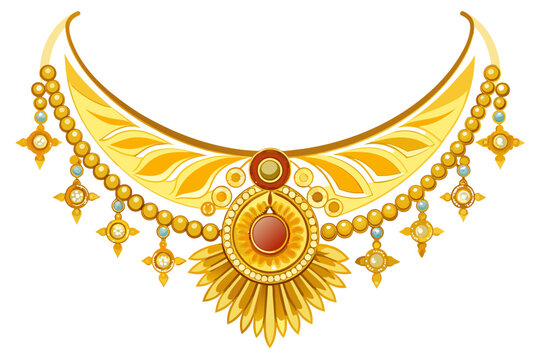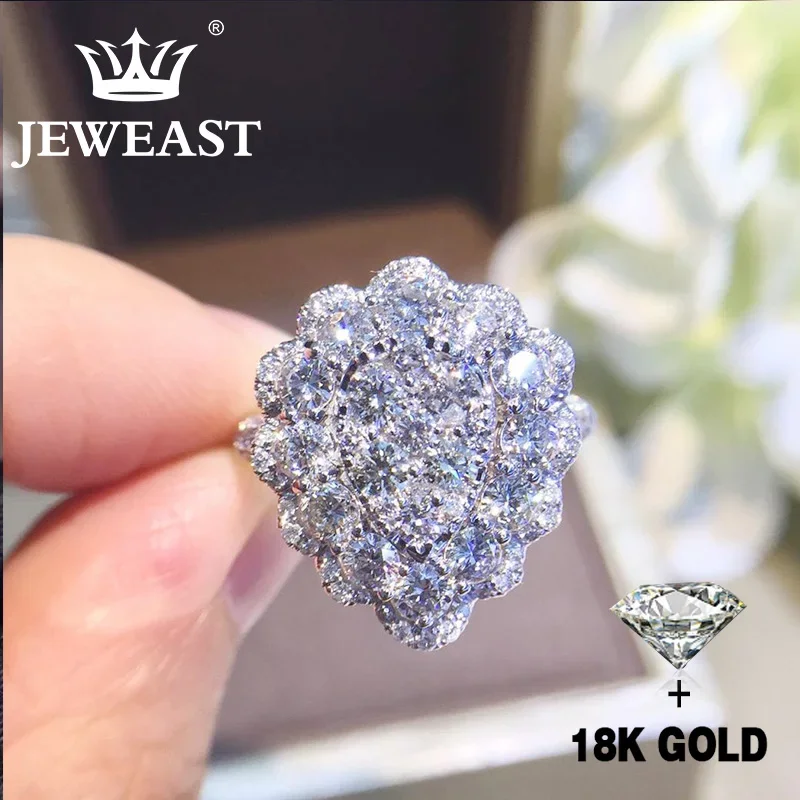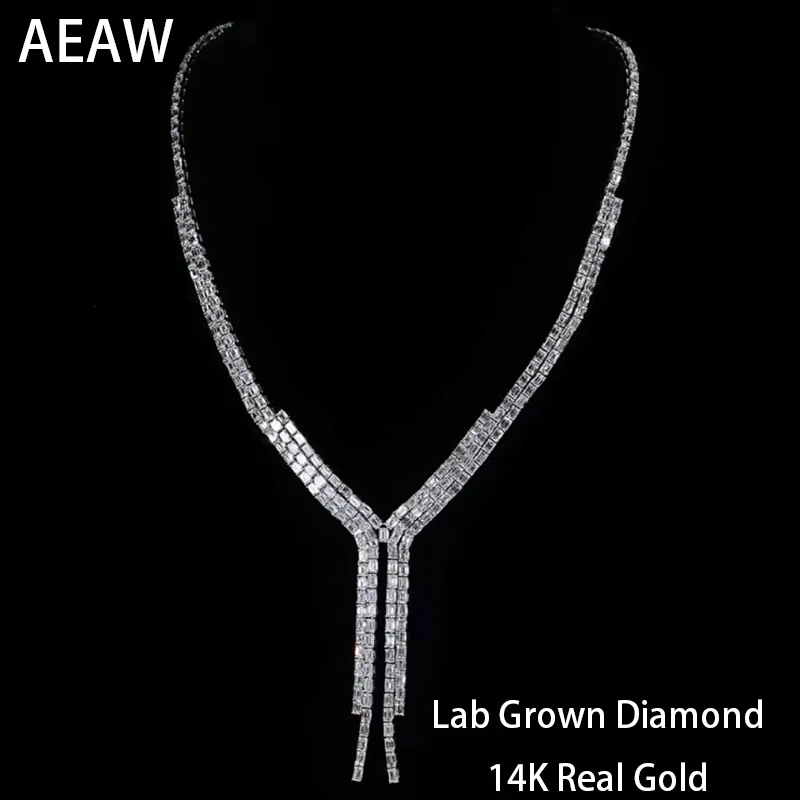
1. Types of Rings
Engagement Rings: Symbolize commitment and love, typically featuring a diamond or gemstone center.
Wedding Bands: Traditionally worn to signify marriage, available in various metals and designs.
Statement Rings: Bold designs that accentuate the hand, often featuring large gemstones or intricate settings.
Stackable Rings: Designed to be worn together, allowing for customization and versatility.
Eternity Rings: Circular bands adorned with gemstones all around, symbolizing eternal love or milestones.
2. Materials and Craftsmanship
Precious Metals: Gold (yellow, white, rose), platinum, and silver provide durability and a range of aesthetics.
Gemstones: Diamonds, rubies, sapphires, emeralds, and other precious or semi-precious stones add color and value.
Engraving and Detailing: Personalized touches such as initials, dates, or intricate patterns enhance sentimental value.
Customization: Bespoke rings tailored to individual preferences, incorporating unique designs or heirloom elements.
3. Design and Style
Classic Designs: Timeless styles that withstand trends, often passed down through generations.
Modern Interpretations: Contemporary designs blending innovation with traditional craftsmanship.
Minimalist Rings: Clean lines and simplicity for everyday wear, focusing on understated elegance.
Artistic and Sculptural: Unique shapes and forms that showcase creativity and individuality.
4. Care and Maintenance
Storage: Store rings in a lined jewelry box or pouch to prevent scratching and tangling.
Cleaning: Use a soft brush or cloth with mild soap and water for routine cleaning; professional cleaning for intricate designs.
Maintenance: Regular inspections for loose stones or damaged settings to preserve integrity and prevent loss.
5. Market and Consumer Preferences
Symbolism: Rings signify milestones such as engagements, weddings, anniversaries, and personal achievements.
Luxury Appeal: High-end designs and rare materials attract collectors and affluent consumers.
Ethical Considerations: Growing demand for ethically sourced materials and sustainable practices in jewelry production.
6. Personality Development
Expression: Rings allow wearers to express personal style, values, and life milestones.
Sentimental Value: Heirloom rings carry stories and traditions, enhancing their emotional significance.
Conclusion
Rings hold significant cultural and personal meaning, serving as symbols of love, commitment, and personal style. From engagement rings that mark the beginning of a lifelong journey to statement rings that express bold individuality, each piece reflects craftsmanship, beauty, and personal significance. By embracing innovation, sustainability, and consumer preferences, jewelry designers continue to create rings that resonate with diverse tastes and celebrate life�s most cherished moments.








